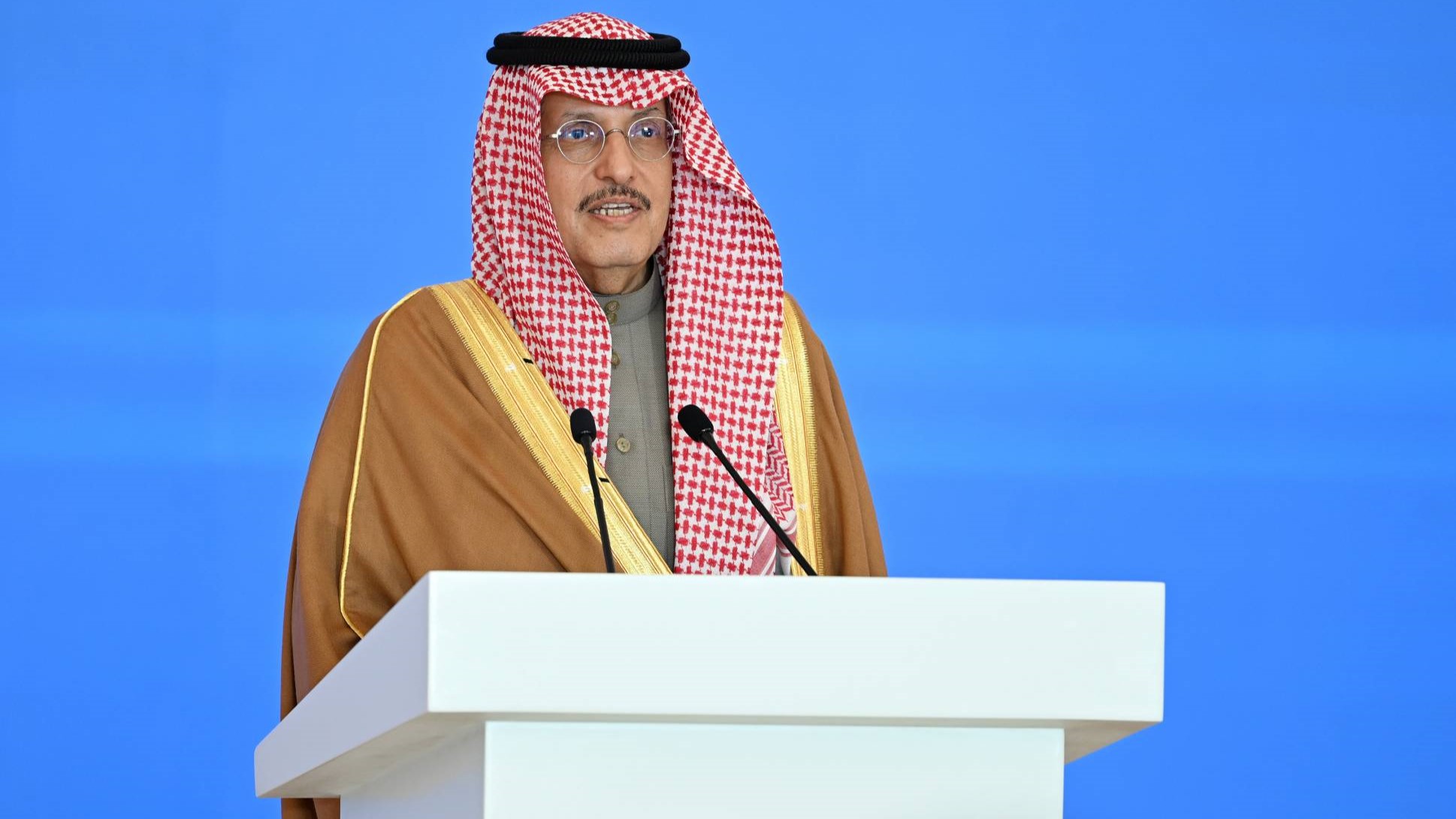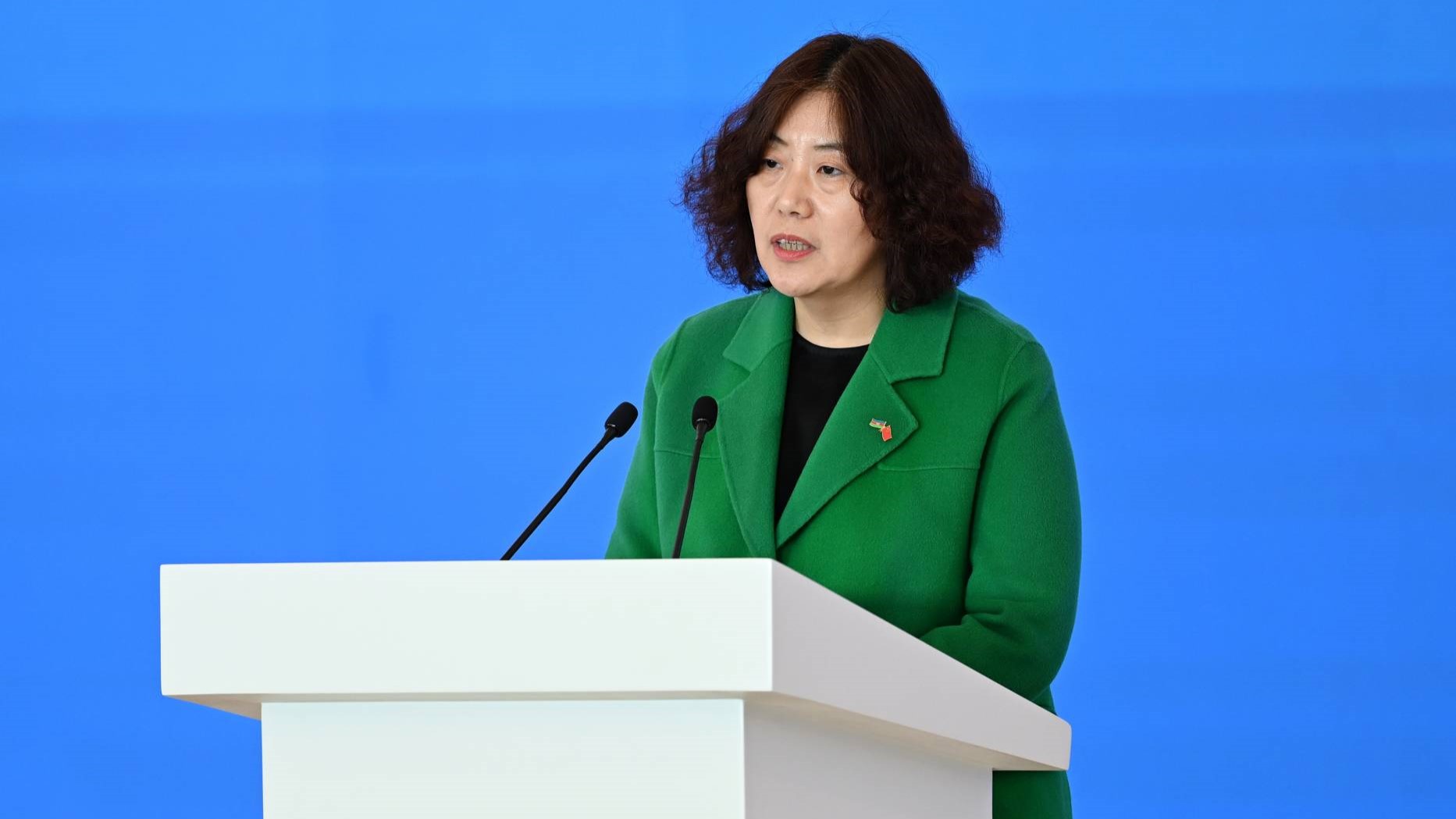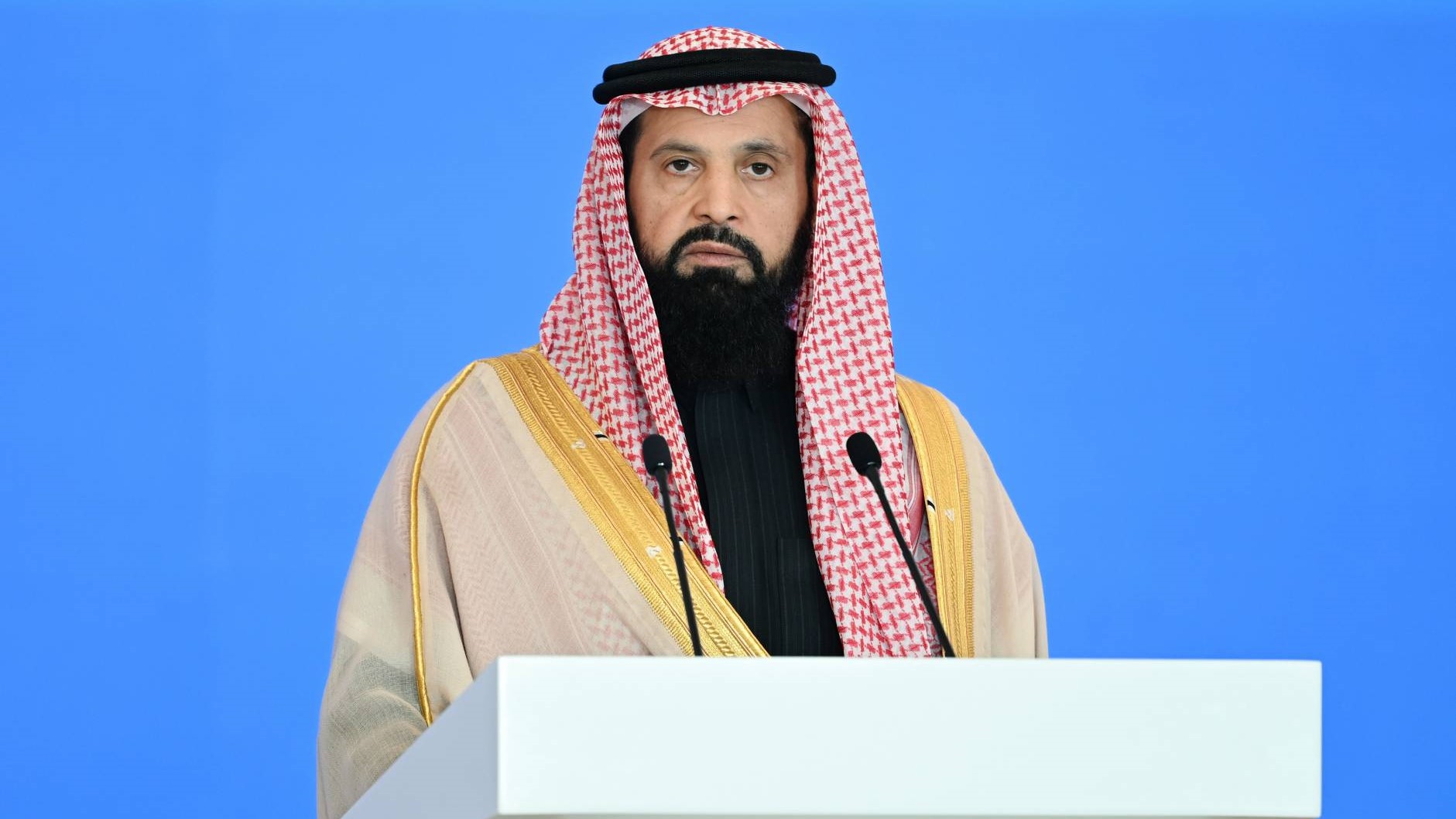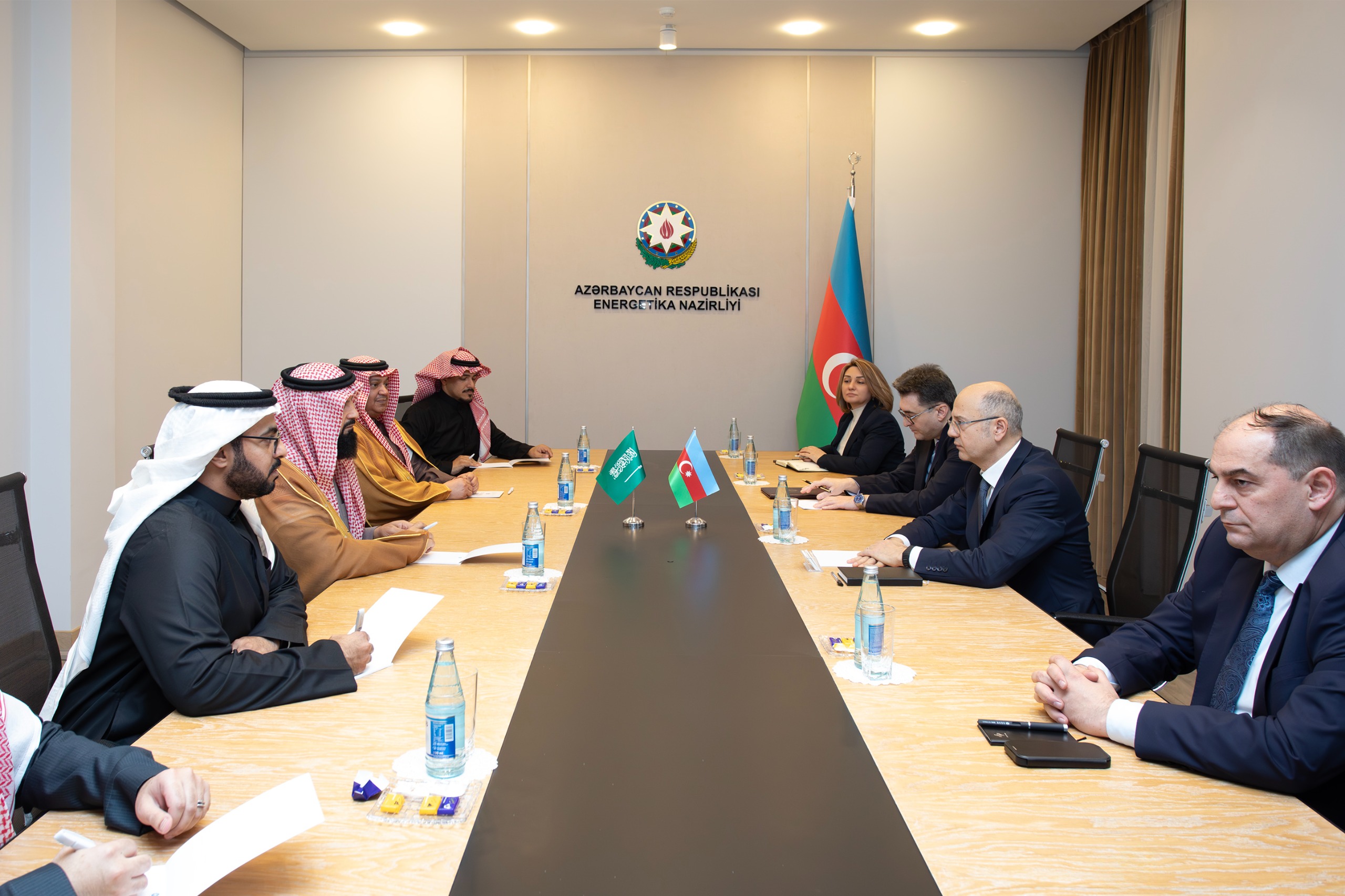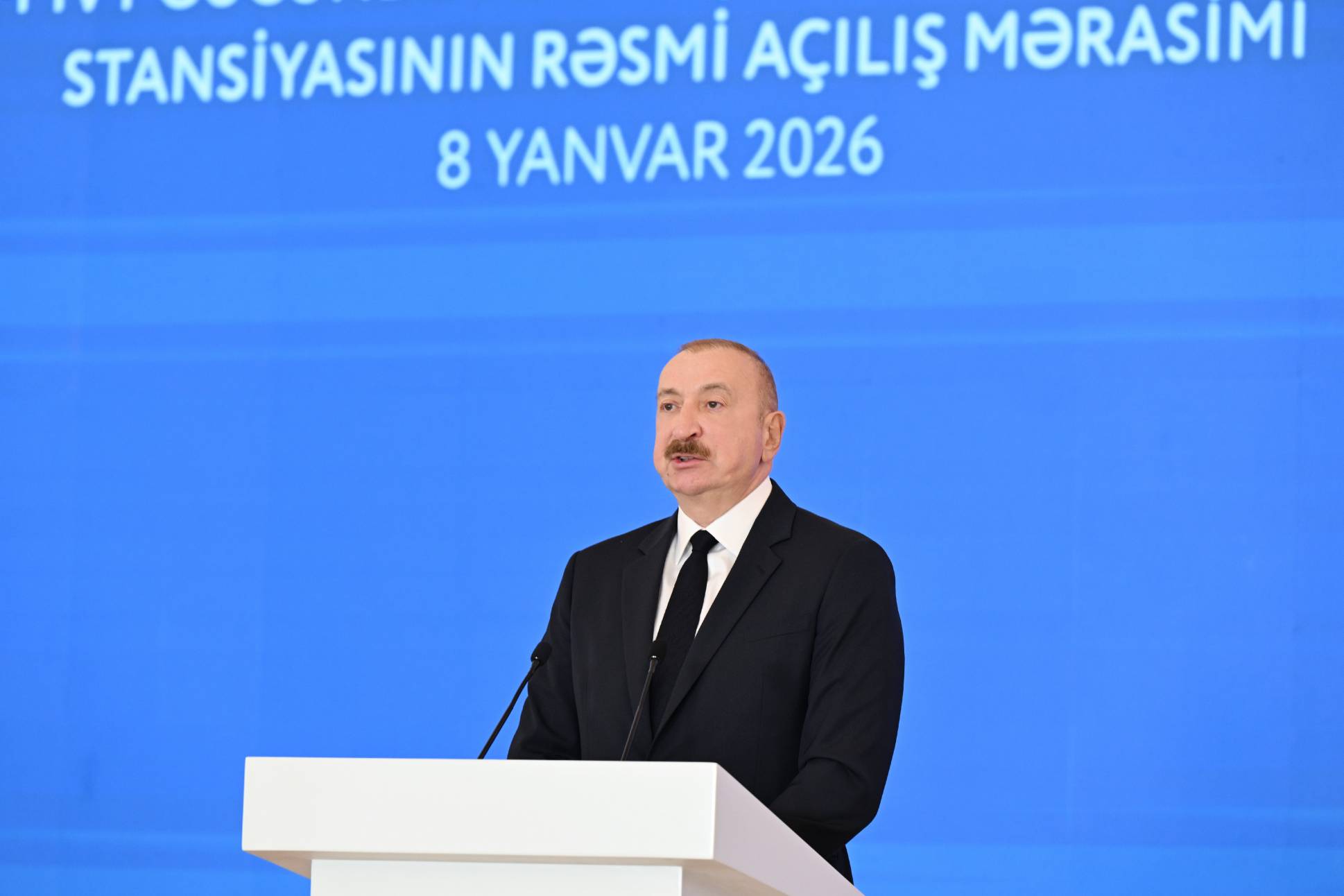Green hydrogen can play an important role in advancing the energy transition in Central Asia and the South Caucasus by supporting the decarbonisation of hard-to-abate industries, advancing industrial innovation, enhancing energy security and setting the foundation for a diversified economic future.
However, fossil fuel dependence, policy and energy market barriers, ageing infrastructure, water stress and the absence of a robust strategy are key barriers to the development of green hydrogen in the region that comprises Armenia, Azerbaijan, Georgia, Kazakhstan, Kyrgyzstan, Tajikistan, Turkmenistan and Uzbekistan.
This report presents key drivers for green hydrogen development include decarbonisation commitments, renewable energy potential, growing investor interest and the need to address hard-to-decarbonise industries. It also highlights the need to address policy, market, infrastructure and skills-related gaps, and outlines targeted, region-specific recommendations to advance green hydrogen development.
Given the diversity of the region, the report calls for a co-ordinated and phased approach that prioritises “no-regret” applications of green hydrogen, including the greening of existing hard-to-decarbonise sectors and local value creation. It also highlights the importance of integrating hydrogen policies into broader energy and industrial policy objectives, and promoting institutional and human capacities to ensure the sustainable deployment of green hydrogen in the region.
AZERBAIJAN
Current energy context
Azerbaijan is the second-largest fossil fuel producer in the region (IEA, 2024c). Natural gas dominates the country’s electricity generation (IRENA, 2024b). Azerbaijan leads the region in energy self-sufficiency, producing five times its own energy needs. The country is also the second-largest exporter of oil and derivatives in the region (IEA, 2024c). Azerbaijan exports about 10% of its generated electricity, primarily to Georgia and Türkiye (IRENA, 2024b). The oil and gas sectors are crucial to the country’s economy, contributing 37% to GDP in 2019, with oil accounting for over 90% of export goods and 78% of total budget revenues (World Bank Group, 2023a). Energy-related greenhouse gas emissions constituted nearly 80% of Azerbaijan’s total emissions in 2016 (UNFCCC, 2023b). In the short term, Azerbaijan’s energy policy focuses on securing a significant share of the EU gas market, positioning itself as a key partner in the EU‘s efforts to reduce dependence on Russian fossil fuels (European Commission, 2022).
Decarbonisation goals and the status of renewables
Azerbaijan ratified the Paris Agreement in January 2017. Its updated NDC, adopted in 2023, aims to reduce greenhouse gas emissions by 40% compared with 1990 levels by 2050, conditional on international support through financing, technology transfer and capacity building (UNFCCC, 2023b). Azerbaijan is developing a state programme on long-term low-emission development, which will outline approaches to achieving this goal. In 2022, renewables accounted for 6.7% of Azerbaijan’s electricity production, primarily driven by hydropower (IRENA, 2024b). The country’s short-term strategy aims to increase the share of renewables in installed power plant capacity from 17.3% in 2021 to 24% by 2026 (Ministry of Energy of the Republic of Azerbaijan, 2022). One of the five strategic priorities for socio-economic development in Azerbaijan until 2026 is the sustainable use of natural resources and the liberalisation of the energy sector, focusing on energy efficiency, renewables, clean transport and other green technologies. This strategy addresses the need for deep diversification of the non-oil sector and for compensation for declining oil revenues with non-oil foreign exchange earnings, aligning with global trends towards decarbonisation (Ministry of Energy of the Republic of Azerbaijan, 2022).
Azerbaijan’s renewable energy potential significantly exceeds the country’s current electricity demand. As of 2019, Azerbaijan has a technical potential for solar power of 23 GW and for onshore wind power of 3 GW, with additional potential for small hydropower (0.5 GW) and biomass (0.4 GW) (International Energy Chapter, 2020). Based on the Offshore Wind Roadmap for Azerbaijan, the technical potential of the country’s offshore wind is 157 GW. For a high-growth scenario resulting in 7.2 GW of offshore wind capacity supplying 37% of electricity demand by 2040, significant power grid upgrades and interconnectors for electricity export are required (World Bank Group, 2022a).
Renewable energy policies and projects
According to Azerbaijan’s NDC 2.0, increasing electricity production from renewables and exporting renewable electricity to the EU are main focuses of the country’s renewable energy development. In Azerbaijan, transmission and distribution are controlled by state companies. On the generation side, around 80% of the total electricity production is produced by the local state utility, Azerenerji, with independent power producers generating the remainder (BloombergNEF, 2024). By 2026, the country plans to establish regulatory frameworks unbundling the electricity sector, separating responsibilities for electricity transmission, distribution, production and sales. These frameworks are intended to enhance competition in both the generation and retail sectors. The government also intends to introduce incentives for independent electricity suppliers and optimise tariff methodologies to improve market efficiency and stimulate growth in the energy sector (Ministry of Energy of the Republic of Azerbaijan, 2022). Utility-scale renewable projects are being implemented through individual agreements with foreign investors in a public-private partnership format, with the state-owned company Azerenerji as the sole electricity off-taker. Direct PPA practices between renewable electricity producers and consumers have not yet been established. In 2023, the Cabinet of Ministers introduced regulations for green certificates to verify the origin of electricity (Ministry of Justice of the Republic of Azerbaijan, 2023). The renewable energy sector has just begun to grow, and Azerbaijan is actively advancing the sector with planned VRE and hydropower projects totalling more than 2 GW of installed capacity (BNEF, 2024). In October 2023, the first large-scale solar PV plant (230 MW) began commercial operation. This project is Azerbaijan’s first foreign investment-based, independent, utility-scale solar power project. This project was structured as a public-private partnership, with Masdar (United Arab Emirates) as the developer and operator and the state company Azerenerji as the PPA party (Masdar, 2023b). Masdar is further expanding its presence with two solar PV projects – which have secured financing from the EBRD, the ADB and the Asian Infrastructure Investment Bank – and one wind power project, totalling 1 GW, in partnership with SOCAR, the State Oil Company of Azerbaijan. Masdar aims to develop up to 10 GW of clean energy in Azerbaijan by 2030 (Masdar, 2024d, 2024e). Additionally, Saudi Arabia-based ACWA Power is building Azerbaijan’s first utility-scale wind power project (240 MW), expected to operate for 25 years on a build-own-operate basis according to the PPA (ACWA Power, 2023a). This plant could be joined by a remaining 1.1 GW of planned onshore and offshore wind power plants from various developers (BNEF, 2024). Azerbaijan is also signing MoUs with strategic foreign investors in the renewables sector (BP, 2022; Fortescue, 2022).
Together with Georgia, Hungary and Romania, Azerbaijan plans to develop the Black Sea Green Energy Corridor with a capacity of 4 GW (COP29 Presidency, 2024b; Ministry of Energy of the Republic of Azerbaijan, 2024a). Additionally, an agreement on the development and transmission of green energy between Azerbaijan, Kazakhstan and Uzbekistan was signed aiming to jointly export electricity from the Caspian Sea to Europe (Aghjayev, 2023; Bayramov, 2024).
Status of green hydrogen sector
Azerbaijan has started to explore the potential for green hydrogen in the country, with assistance from the EBRD (EBRD and Advisian, 2023; Ministry of Energy of the Republic of Azerbaijan, 2022). The National Hydrogen Strategic Outlook was released during COP29 with support from the EBRD. Based on this Strategic Outlook, the country plans to develop an implementation plan. The Strategic Outlook considers domestic use as well as the export of green hydrogen to the EU (Martin, 2024; Ministry of Energy of the Republic of Azerbaijan, 2024b). Agreements on hydrogen initiatives have been signed with foreign investors such as Fortescue, ACWA Power and Masdar (Abdul, 2024; ACWA Power, 2024b; Fortescue, 2022). In addition, the Trans-Anatolian Natural Gas Pipeline–Southern Gas Corridor sustainable development strategy includes steps to assess the compatibility of systems for hydrogen and synthetic methane blending by 2025. This involves ensuring facility readiness for blending by 2030 and preparing for hydrogen transportation projects by implementing study recommendations by 2035 (TANAP, 2022).
Green hydrogen for hard-to-abate industries
Azerbaijan has refining capacities, ammonia and methanol production. This positions the country for significant green hydrogen demand. Existing ammonia and fertiliser facilities provide the foundation for green ammonia projects, which could decarbonise existing ammonia plants and export surpluses. The country’s annual demand of 1.6 Mt of ammonia would require 0.29 Mt of green hydrogen annually to produce green ammonia. The production of synthetic methane presents another economic opportunity, leveraging Azerbaijan’s existing gas infrastructure (World Bank Group, 2022a). However, synthetic methane may face challenges in competing with compressed natural gas (EBRD and Advisian, 2023). Additionally, green hydrogen could be used in Azerbaijan for grid balancing (EBRD and Advisian, 2023).




